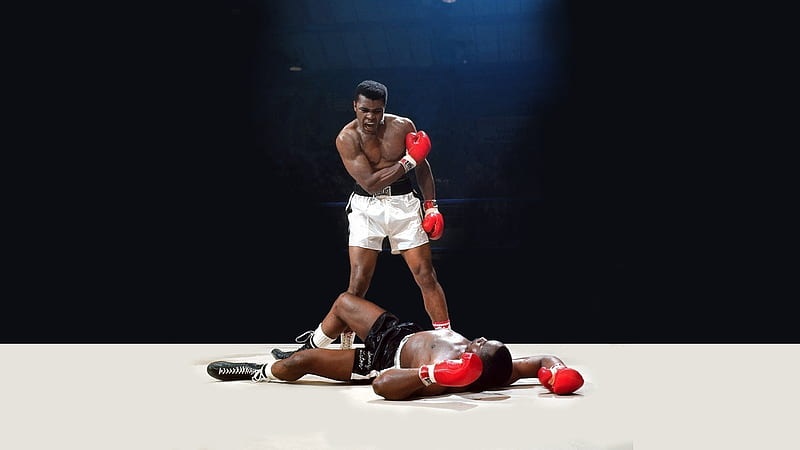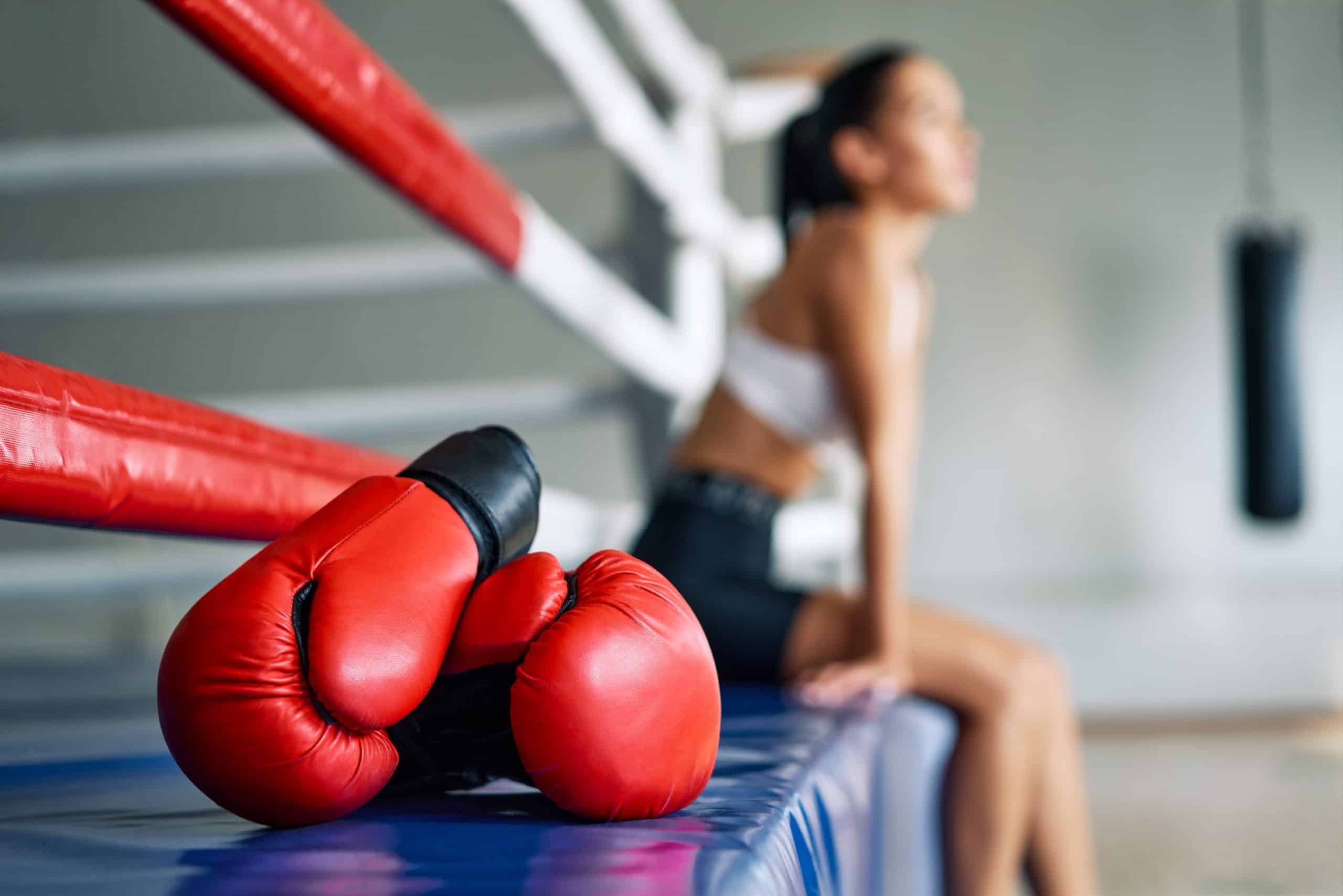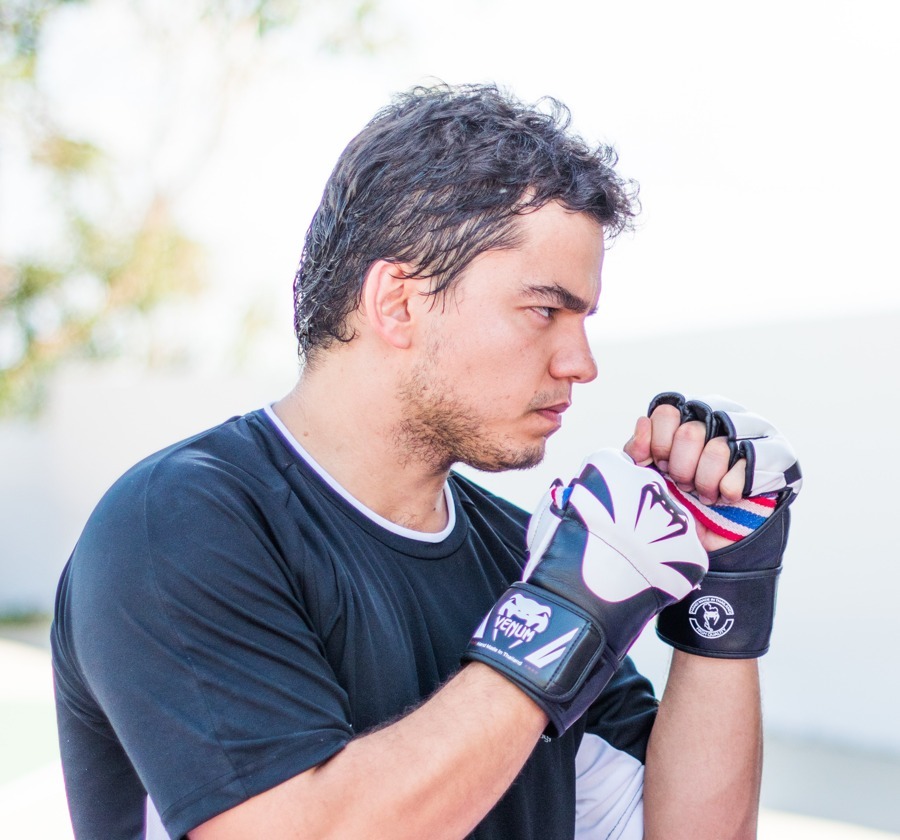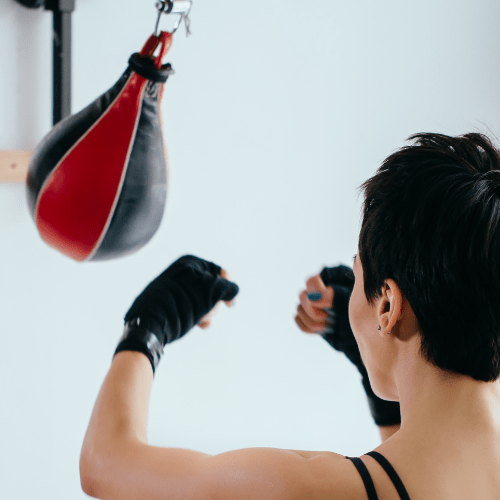Boxing is a sport that not only requires physical strength but also mental agility, focus, and endurance. It demands discipline, dedication, and hard work, making it an excellent workout for people who want to stay fit and healthy. However, boxing is not just about throwing punches and dodging jabs. It is a combination of different elements, including proper training, nutrition, and rest. In this article, we will discuss how boxing training and diet can improve your peak performance in the ring and in life.
Boxing Training:
Boxing training involves a wide range of exercises that enhance strength, speed, agility, and endurance. It includes exercises such as shadowboxing, bag work, pad work, sparring, and conditioning drills. Shadowboxing is a solo practice where the boxer simulates a fight by throwing punches in the air. It helps to build muscle memory, speed, and footwork. Bag work involves punching and kicking a heavy bag, improving strength, power, and accuracy. Pad work is when a coach holds pads while the boxer punches them, improving speed, accuracy, and power. Sparring is a practice fight with an opponent, improving strategy, timing, and technique. Conditioning drills involve strength and cardio exercises, increasing endurance and stamina.

Boxing Nutrition:
Boxing nutrition is crucial in maximizing physical performance and achieving peak health. It involves eating a balanced diet that provides enough energy and nutrients for the body to perform at its best. Professional boxers follow strict diets that typically include high protein, moderate carb, and low-fat intake. Eating a balanced diet helps to maintain muscle mass, reduce body fat, and increase energy levels. It also aids in recovery after training and fights. A boxer’s diet should include lean protein sources such as chicken, fish, and eggs, complex carbohydrates like fruits, vegetables, and whole grains, and healthy fats like avocados and nuts.
Hydration is also essential for a boxer’s performance. Drinking enough water maintains fluid balance, regulates body temperature, and aids in digestion. It is recommended to drink at least two liters of water per day, more during intense training sessions.
Rest and Recovery:

Rest and recovery are important aspects of boxing training as they allow the body to recover and replenish its energy stores. Getting enough sleep, typically eight hours a night, is crucial for the body to repair and grow muscle tissue. Rest days, where no training is done, allow the muscles to recover from the stress of training, reducing the risk of injury and burnout.
Boxing is an intense sport that requires physical and mental strength, endurance, and agility. To achieve peak performance, a combination of proper training, nutrition, and rest is necessary. A balanced diet, hydration, and restful sleep are essential for the body to function at its best. A well-rounded boxing training program that includes shadowboxing, bag work, pad work, sparring, and conditioning drills is vital for improving strength, speed, agility, and endurance. Following these guidelines, anyone can improve their physical and mental health, enhancing their boxing skills and overall fitness.












